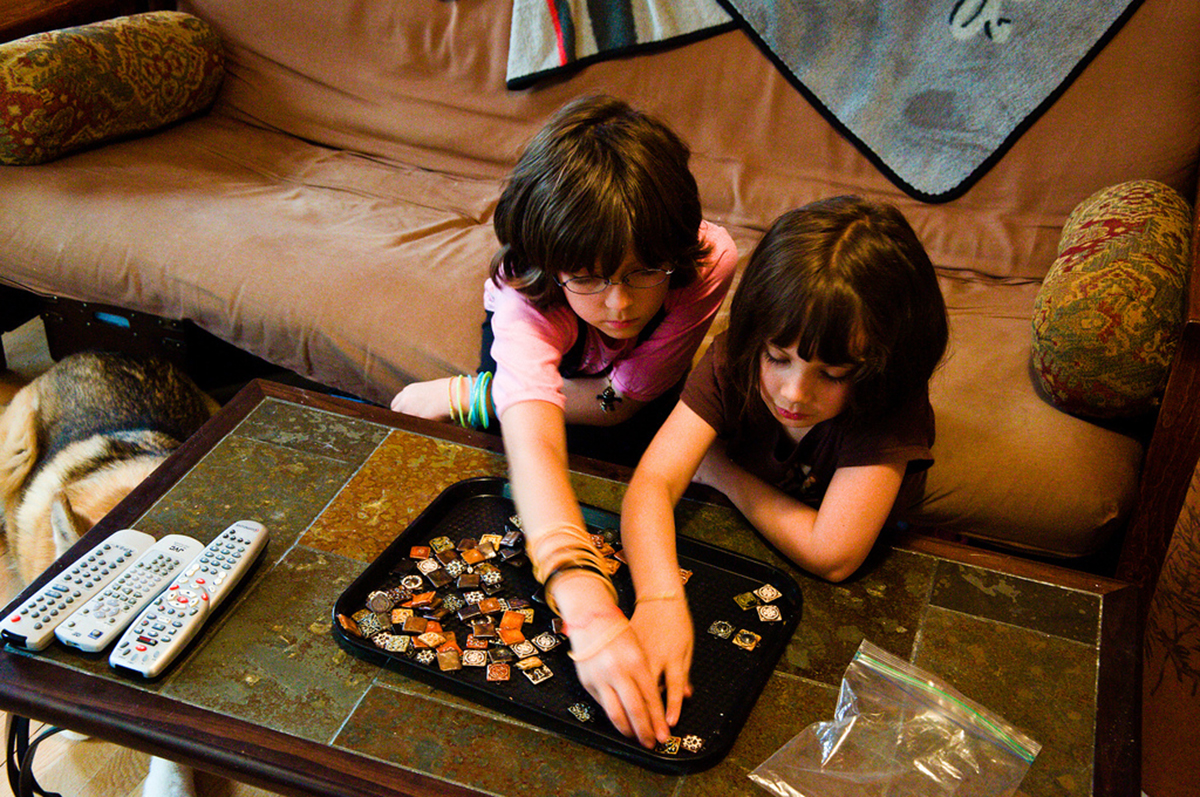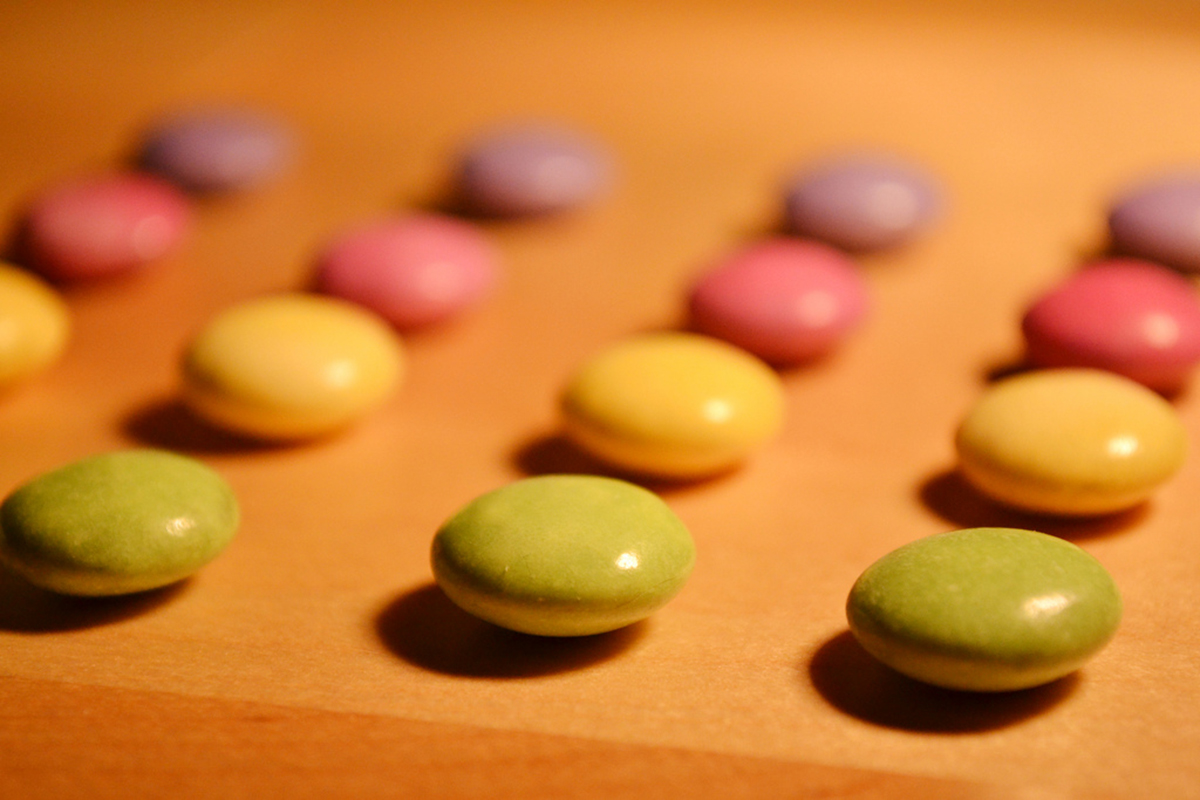Obsessive Compulsive Disorder is something many people have heard of, but what is less well-known is that this disorder can also affect children. According to the International OCD foundation, one in 200 children in the United States suffer from Obsessive Compulsive Disorder. Recognizing how the disorder impacts a child's life is key to ensuring they can access the right treatment.

What Is Obsessive Compulsive Disorder?
Obsessive Compulsive Disorder is, simply said, a disorder that causes a person to suffer from obsessions and compulsions. Obsessions can be defined as preoccupations with certain things — like certain topics, but in the case of OCD also thoughts, germs, organization, symmetry, fears, and collecting items (hoarding). Compulsions are behaviors or actions that patients need to engage in over and over again, either a certain number of times or until they get it just "right".
While most adults with OCD are quite aware that these things are neither normal or rational, they still can't manage to break free from their behaviors just like that. Children with Obsessive Compulsive Disorder might be less aware that others don't have the same obsessions and compulsions. Similarly, some of the behaviors associated with OCD might be written off as normal child behavior by the adults in the child's life.
Don't many children want their rooms organized in a certain way, after all? Don't many kids like to play a game in which they can't step on the cracks between tiles?
The current version of the Diagnostic and Statistical Manual of Mental Disorders, the DSM-5, includes several different related disorders in a chapter titled "Obsessive-Compulsive and Related Disorders". The diagnostic criteria for OCD itself are now as follows:
- The presence of either obsessions or compulsions is required. Obsessions need to cause anxiety or distress, and can't simply be a product of real-life experiences. In other words, worrying about things that are actually happening — like bullying or financial trouble — doesn't count. The person tries to suppress obsessions, but is unsuccessful.
- Compulsions are the result of obsessions (like a worry about germs), or self-devised rigid rules. These actions are designed to prevent or reduce distress or to stop bad things from happening — but aren't connected to the things they are aimed at preventing in any realistic way.
- The DSM requires adults to recognize their behaviors are excessive or unreasonable, but that requirement does not apply to children.
See Also: What is OCD?
- The behaviors take up at least an hour of the person's time every day, cause significant distress, or interfere with the person's daily life.
- The OCD-like behaviors can't completely coincide with the symptoms of another disorder in the same chapter, like hair-pulling or body dysmorphic disorder, if the diagnosis of OCD is to be made.
- Symptoms can't be explained by medication use or another general medical disorder.
How OCD Impacts Kids, And Where To Seek Treatment
OCD in children can disrupt their daily routine, particularly if they're not able to carry their compulsions out for some reason, and take up a lot of their time. OCD can interfere with classroom-based learning and performance, homework, friends, physical health, and self esteem.

Terry was a teen who had to say a certain number of Hail Mary prayers when a certain train passed his local train station every morning before school, for instance. He had the feeling that something terrible would happen to his mother if he failed to carry this morning ritual out — something that would occasionally happen, if the train was delayed for some reason. Though nothing bad happened when he was not able to fulfill his morning ritual, he still had to continue.
His story demonstrates how OCD-related behaviors can start early in the morning and disrupt the whole day if they don't go according to plan. Even if the rituals are carried out to the person's satisfaction, every-day tasks like having a shower can take much longer for someone with Obsessive Compulsive Disorder. They are likely to follow a specific sequence to complete the task and might start over again if they skipped something.
In school, OCD can lead to focusing problems and peers might see the OCD child as odd, limiting their social life. Homework and tests could very well be affected by Obsessive Compulsive Disorder, and the child's obsessions and compulsions might even interfere with school attendance.
Rituals that go on late into the night can leave a child exhausted the next morning, and OCD can also limit a person's diet. Terry couldn't eat greens, for instance.
Unsurprisingly, the way in which peers react to a child with OCD can cause feelings of low self esteem and social isolation. On the home front, things might not be dandy either. Obsessions and compulsions are hard to cope with for parents, who may well try to stop their OCD kid from engaging in the "offending" behaviors. That could make the child furious and cause tensions in the parent-child relationship.
Seeking Treatment For OCD
A full psychiatric assessment is the first step to getting a diagnosis, and then treatment for OCD. It is important that both parents and the child suffering from OCD symptoms participate in the diagnostic process, as the child may not be fully aware of the extent to which the symptoms are displayed in their life.
Cognitive Behavioral Therapy (CBT) is a therapy in which clients learn to recognize the errors in their thought patterns and develop more healthy behaviors. CBT is seen as the ideal treatment choice for children with Obsessive Compulsive Disorder.
Using a technique called exposure and response prevention (ERP), children and teens with OCD learn to do the exact opposite to what they used to. In Terry's example, he might take a completely different route to school to avoid the train station.
See Also: Researchers Discover Gene Marker For Obsessive Compulsive Disorder
This technique can be compared to exposing people with phobias to the very thing they're afraid of. After a while, they grow used to the presence of the thing they were scared of, and learn to accept it. ERP can be terrifying to the client at the beginning, but can show excellent results.
Technology-Assisted CBT employs digital platforms, like computer programs or mobile apps, to facilitate the delivery of CBT principles. These tools can be standalone or used in conjunction with traditional therapist-led sessions. Especially engaging for children, these platforms often use gamified approaches to teach coping mechanisms and strategies, making the therapeutic process interactive and more appealing to younger patients.
The American Psychiatric Association also supports the use of medications for moderate to severe OCD in children, provided that the medication is used in combination with Cognitive Behavorial Therapy. Anti-depressants, especially Selective Serotonin-Reuptake Inhibitors (SSRIs) are usually the first choice.
SSRIs function by increasing the levels of serotonin in the brain, a neurotransmitter associated with mood, which can help reduce the intensity and frequency of OCD symptoms. Commonly prescribed SSRIs for pediatric OCD include fluoxetine (Prozac), sertraline (Zoloft), and fluvoxamine. For some children, combining medication with behavioral therapies like CBT offers the most significant symptom relief, but it's essential to monitor for potential side effects and regularly assess the medication's efficacy.
- Photo courtesy of Mitch Altman by Flickr : www.flickr.com/photos/maltman23/4992892688
- Photo courtesy of Benjamin Watson by Flickr : www.flickr.com/photos/schnappischnap/8970250666

